To Vent or not
soyka
17 years ago
Featured Answer
Sort by:Oldest
Comments (24)
SeattlePioneer
17 years agolast modified: 9 years agogaryg
17 years agolast modified: 9 years agoRelated Professionals
Arvada Fireplaces · Saint Charles Fireplaces · Washington Interior Designers & Decorators · Westbury Interior Designers & Decorators · Four Corners General Contractors · Belleville General Contractors · Bryn Mawr-Skyway General Contractors · Groveton General Contractors · Hillsborough General Contractors · Klamath Falls General Contractors · Kyle General Contractors · Pine Hills General Contractors · Tamarac General Contractors · La Jolla Lighting · Orcutt Lightingoruboris
17 years agolast modified: 9 years agospeedmaster
17 years agolast modified: 9 years agousgirl
17 years agolast modified: 9 years agomountainstoveguy
17 years agolast modified: 9 years agooruboris
17 years agolast modified: 9 years agospeedmaster
17 years agolast modified: 9 years agogaryg
17 years agolast modified: 9 years agospeedmaster
17 years agolast modified: 9 years agoytqm
17 years agolast modified: 9 years agogrinder12000
17 years agolast modified: 9 years agomountainstoveguy
17 years agolast modified: 9 years agoSeattlePioneer
17 years agolast modified: 9 years agoelkimmeg
17 years agolast modified: 9 years agoytqm
17 years agolast modified: 9 years agomctabbykat
17 years agolast modified: 9 years agogrinder12000
17 years agolast modified: 9 years agojewel1
17 years agolast modified: 9 years agogrinder12000
17 years agolast modified: 9 years agoPhobie Privett
17 years agolast modified: 9 years agogrinder12000
17 years agolast modified: 9 years agogaryg
17 years agolast modified: 9 years ago
Related Stories

KITCHEN DESIGNA Cook’s 6 Tips for Buying Kitchen Appliances
An avid home chef answers tricky questions about choosing the right oven, stovetop, vent hood and more
Full Story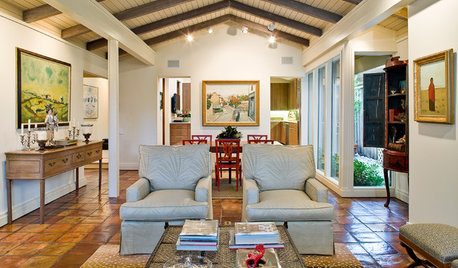
REMODELING GUIDESBanish Gizmo Blemishes on Your Walls
Unsightly switches, vents and outlets can ruin your interior design's clear complexion. Keep the look pure with an architect's tips
Full Story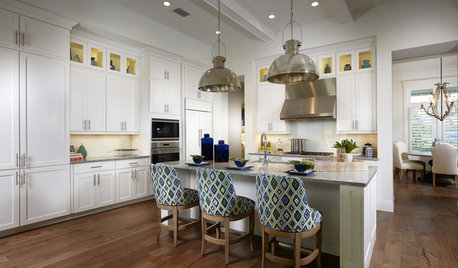
SHOP HOUZZShop Houzz: Large Kitchen Appliance Sale
Save up to 25% on modern ovens, ranges, cooktops, hoods, vents and more
Full Story0
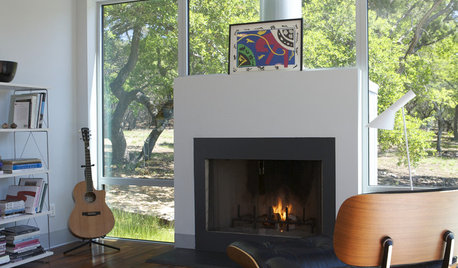
REMODELING GUIDESModern Metal Fireplaces Open World of Possibilities
Allowing way more natural light than traditional fireplaces, and with some not even needing a vent, metal fireplaces are a major improvement
Full Story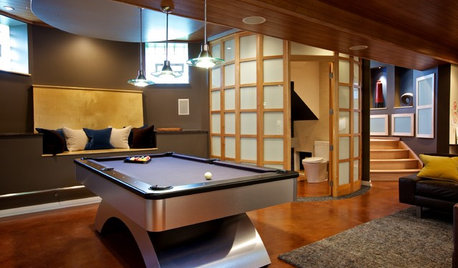
BASEMENTSTricky Basement Bathroom? Cool Design Opportunity!
Have some fun with your bathroom design while getting all the venting, privacy and storage you need
Full Story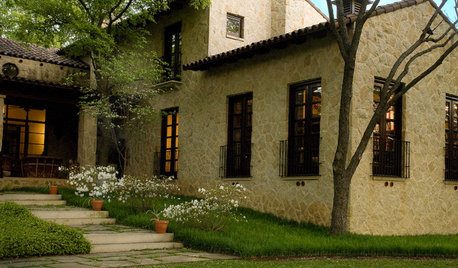
DESIGN DICTIONARYWeep Hole
Shedding water and venting air, weep holes are healthy escapes for homes
Full Story
KITCHEN DESIGNHow to Choose the Right Hood Fan for Your Kitchen
Keep your kitchen clean and your home's air fresh by understanding all the options for ventilating via a hood fan
Full Story
KITCHEN APPLIANCESLove to Cook? You Need a Fan. Find the Right Kind for You
Don't send budget dollars up in smoke when you need new kitchen ventilation. Here are 9 top types to consider
Full Story
KITCHEN APPLIANCESThe Many Ways to Get Creative With Kitchen Hoods
Distinctive hood designs — in reclaimed barn wood, zinc, copper and more — are transforming the look of kitchens
Full Story
5 Stunning Modern Range Hoods
Today's kitchen range hoods can look like sleek sculptures. Here's what to look for when you go shopping for one
Full StorySponsored
Your Custom Bath Designers & Remodelers in Columbus I 10X Best Houzz
More Discussions






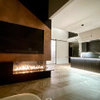

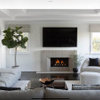

ytqm